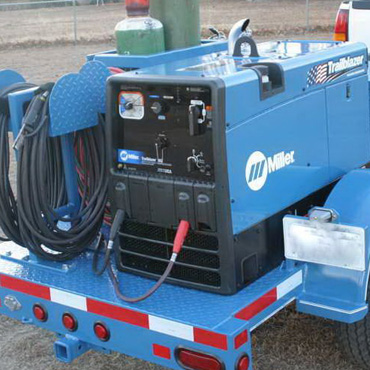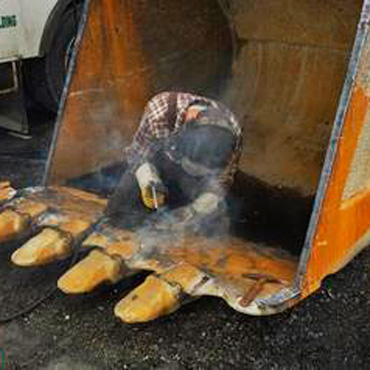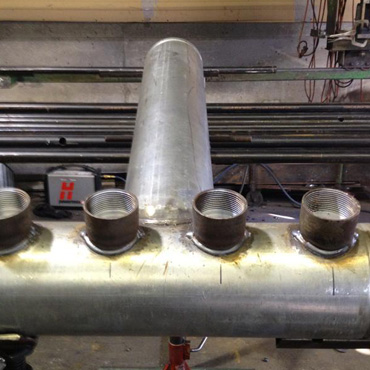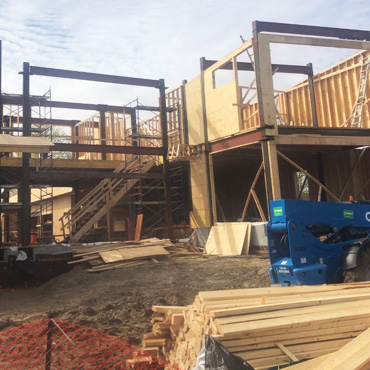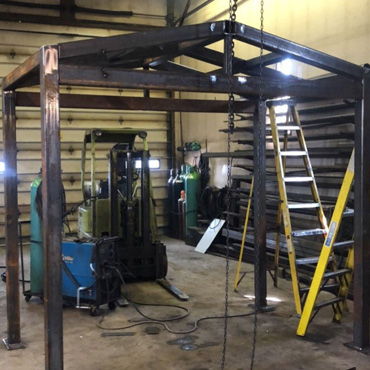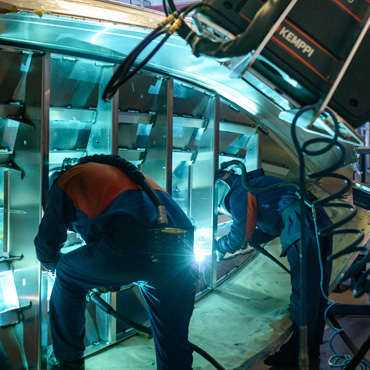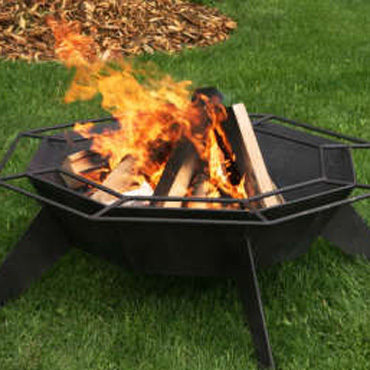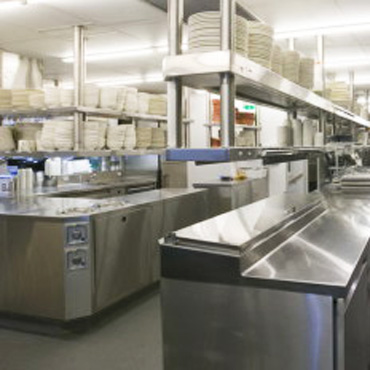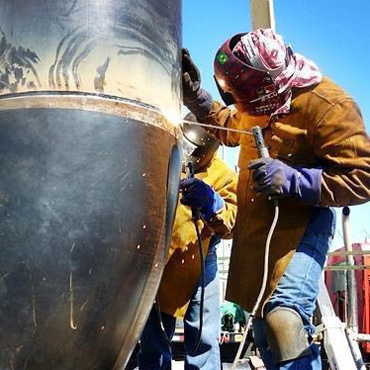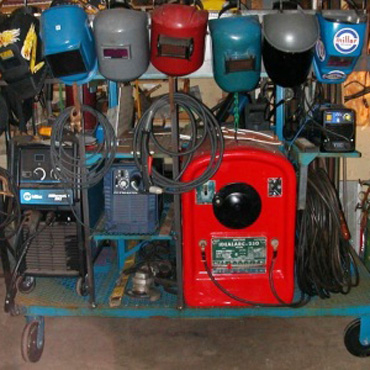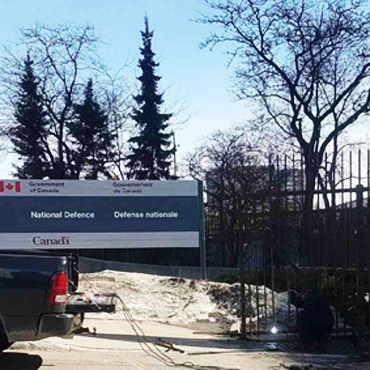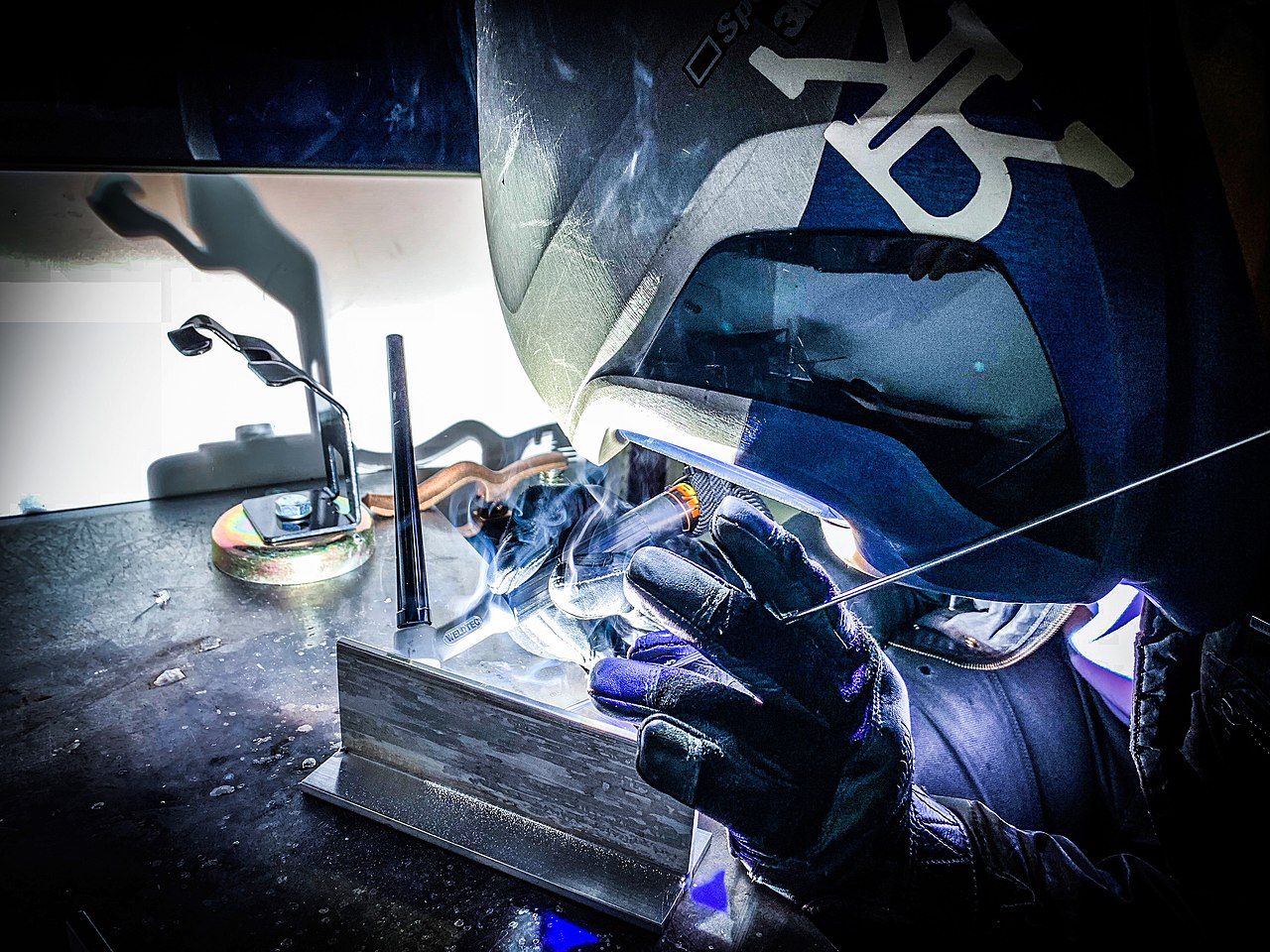
Tig Welding
TIG Welding, also known as Gas Tungsten Arc Welding (GTAW), is a process that joins metals by heating them with an arc between a tungsten electrode (non-consumable) and the work piece. The process is used with a shielding gas and may also be used with or without the addition of filler metal.
- Arc voltage (arc length)
- Welding current
- Travel speed
- Shielding gas composition
What is Tig Welding?
Gas tungsten arc welding (GTAW), also known as tungsten inert gas (TIG) welding, is an arc welding process that uses a non-consumable tungsten electrode to produce the weld. The weld area and electrode is protected from oxidation or other atmospheric contamination by an inert shielding gas (argon or helium), and a filler metal is normally used, though some welds, known as autogenous welds, do not require it. When helium is used, this is known as heliarc welding. A constant-current welding power supply produces electrical energy, which is conducted across the arc through a column of highly ionized gas and metal vapors known as a plasma.
GTAW is most commonly used to weld thin sections of stainless steel and non-ferrous metals such as aluminum, magnesium, and copper alloys. The process grants the operator greater control over the weld than competing processes such as shielded metal arc welding and gas metal arc welding, allowing for stronger, higher quality welds. However, GTAW is comparatively more complex and difficult to master, and furthermore, it is significantly slower than most other welding techniques. A related process, plasma arc welding, uses a slightly different welding torch to create a more focused welding arc and as a result is often automated.
Source: Wiki-Wikipedia
Why Use TIG Welding?
Can be used to join almost all metals, with superior weld quality, generally free of defects Free from spatter that occurs with other arc welding processes Can be used with or without filler metal as required for the specific application Provides excellent control of root pass weld penetration Can be used to produce inexpensive autogenous (fusion) welds with good penetration Provides for separate control over the heat input and filler metal additions.
Limitations of TIG Welding
Travel speeds and deposition rates are relatively low, increasing weld cost A high degree of operator skill is required to produce quality welds Process is not easily automated.
2023 © Bytown Welding

